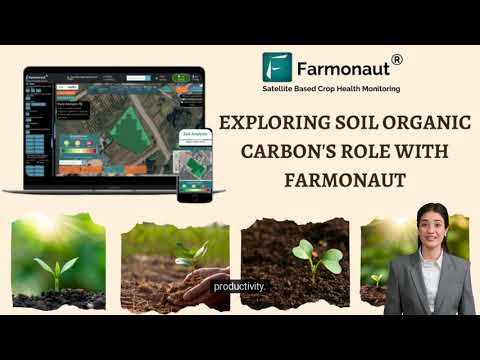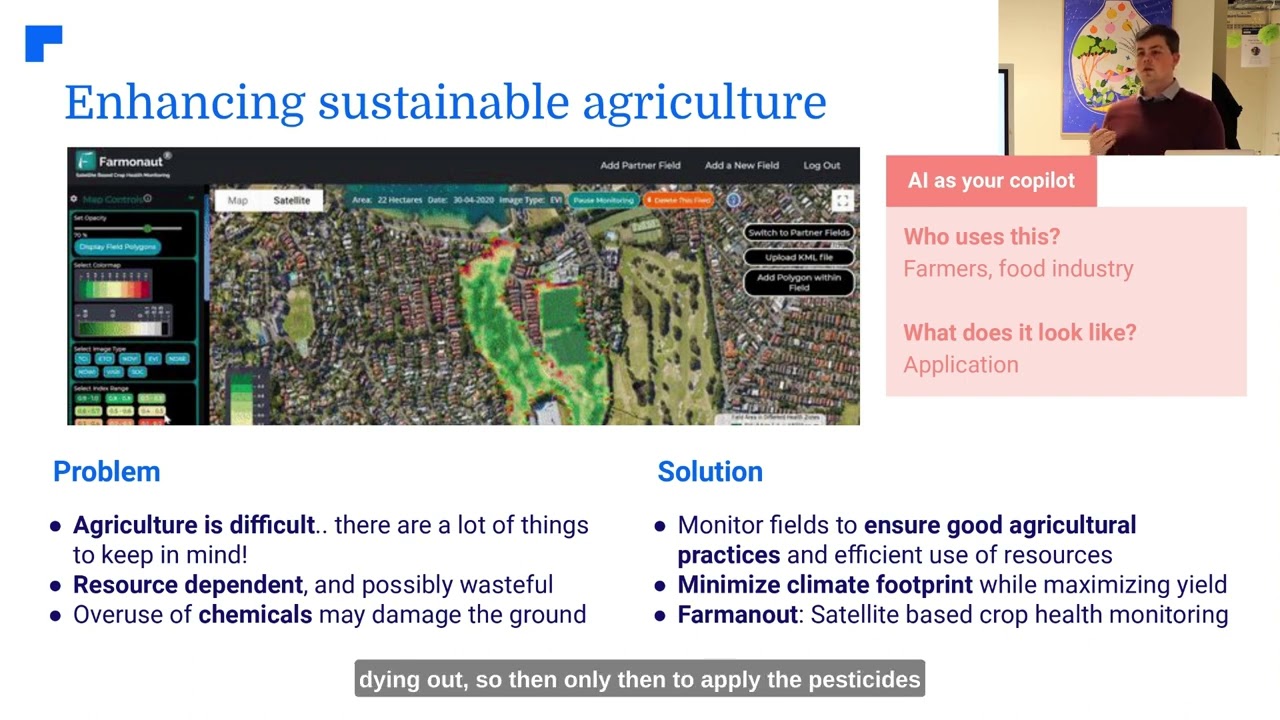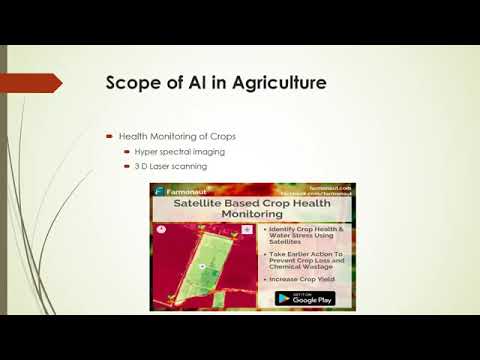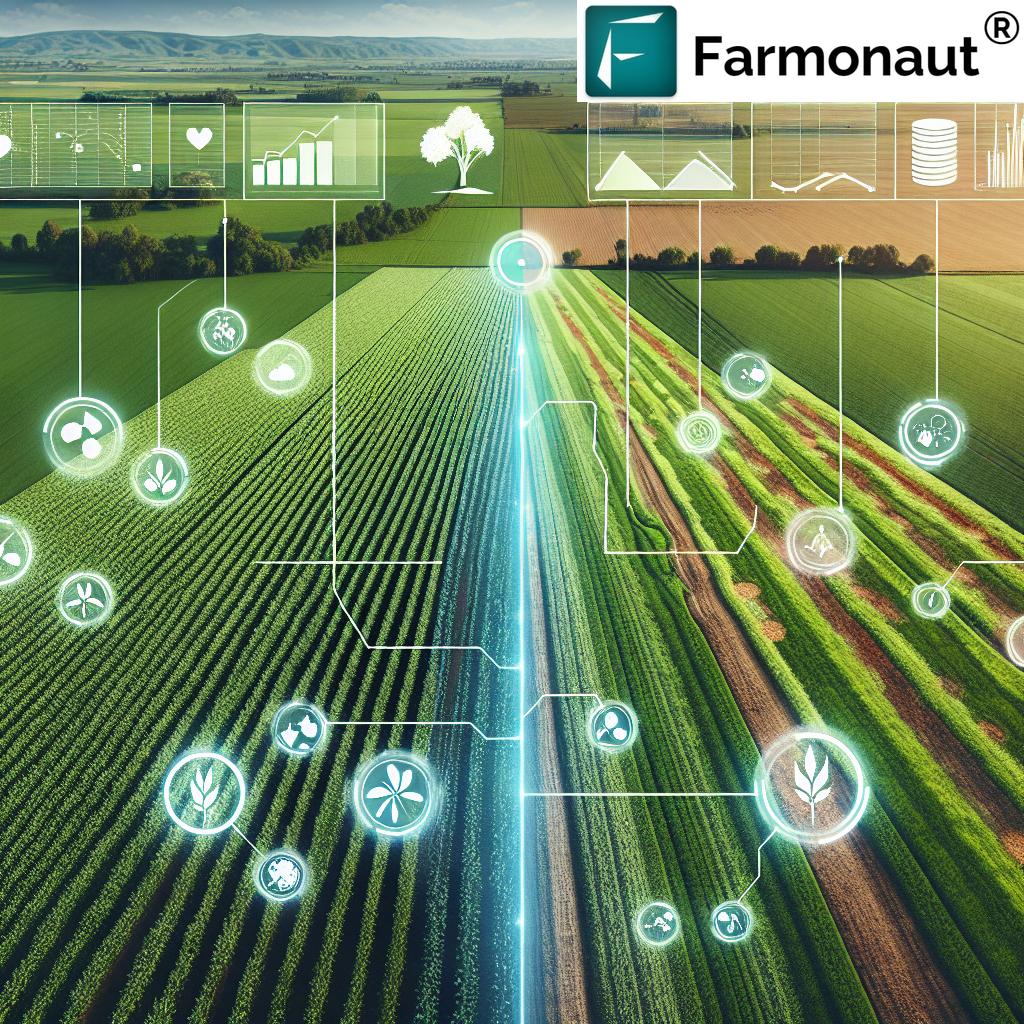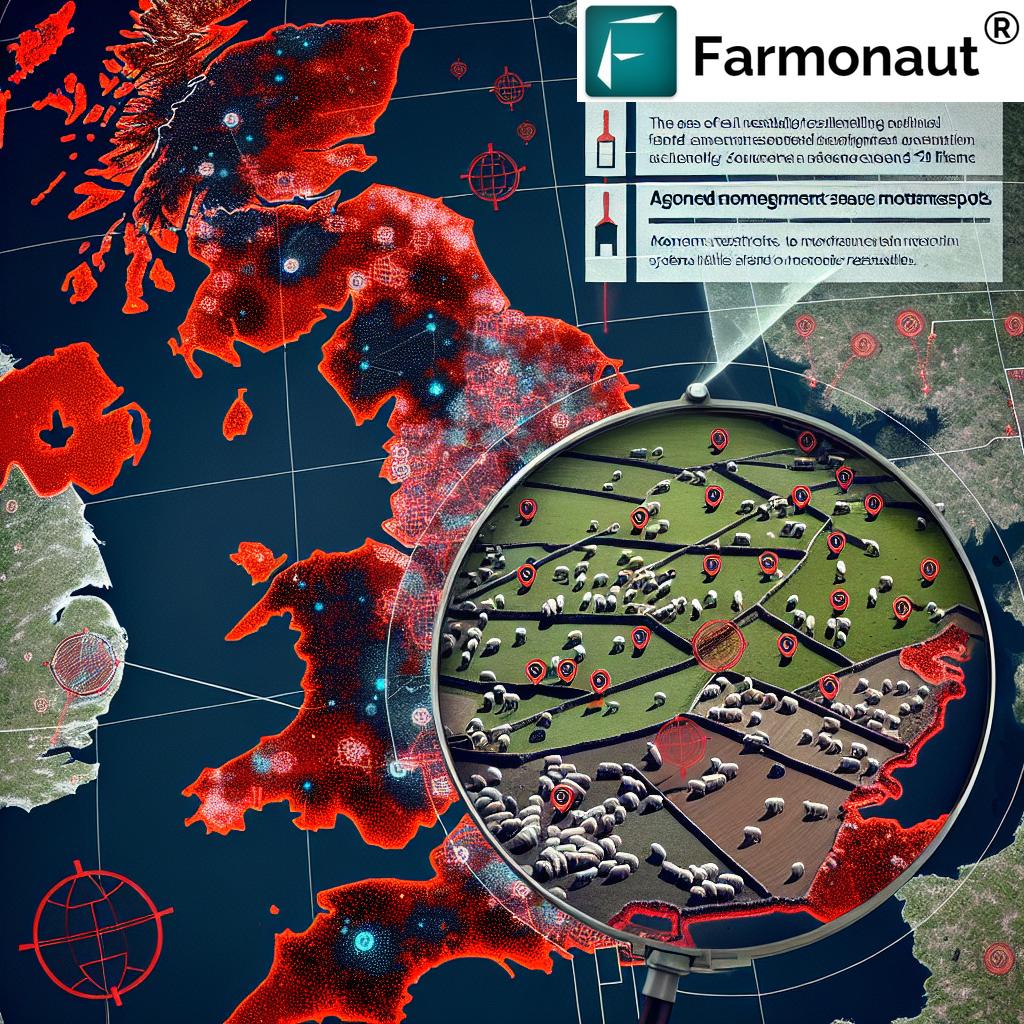Revolutionizing Agriculture in England: How Regenerative Farming Practices Combat Climate Change and Boost Soil Health
“Regenerative farming can sequester up to 5-10 tons of carbon per hectare annually, significantly mitigating climate change impacts.”
In the rolling hills and fertile plains of England, a quiet revolution is taking place. Farmers across the country are embracing regenerative farming practices, transforming their lands into powerful allies in the fight against climate change while simultaneously revitalizing soil health. As we delve into this agricultural metamorphosis, we’ll explore how these innovative techniques are reshaping the landscape of sustainable agriculture and offering hope for a more resilient future.
The Rise of Regenerative Agriculture in England
Regenerative farming practices are gaining momentum across England’s diverse agricultural regions. From the arable lands of East Anglia to the livestock-rich pastures of the West Country, farmers are adopting methods that work in harmony with nature rather than against it. These practices not only combat climate change but also boost soil health, enhance biodiversity, and improve farm profitability.
At Farmonaut, we’re at the forefront of this agricultural revolution, providing cutting-edge technology to support farmers in their transition to more sustainable methods. Our satellite-based crop health monitoring and AI-driven advisory systems offer invaluable insights that help farmers make informed decisions about their land and crops.

Key Regenerative Farming Practices Transforming English Agriculture
Let’s explore some of the pivotal regenerative farming practices that are making waves across England’s agricultural landscape:
- Cover Cropping: This technique involves planting crops specifically to cover and protect the soil during off-seasons. Cover crops help prevent soil erosion, improve soil structure, and increase organic matter content.
- Reduced Tillage: By minimizing soil disturbance, farmers can preserve soil structure, retain moisture, and protect beneficial soil organisms.
- Crop Rotation: Diversifying crop sequences helps break pest and disease cycles, improves soil fertility, and enhances overall farm resilience.
- Agroforestry: Integrating trees and shrubs into crop and animal farming systems creates diverse, productive, and sustainable land-use systems.
- Holistic Grazing Management: This approach mimics natural grazing patterns, improving pasture health and soil carbon sequestration.
These practices not only contribute to climate change mitigation but also play a crucial role in improving soil health, a cornerstone of sustainable agriculture.
The Impact of Regenerative Farming on Climate Change
Regenerative farming practices have emerged as a powerful tool in the fight against climate change. By focusing on enhancing soil health and biodiversity, these methods effectively transform farms into carbon sinks, pulling CO2 from the atmosphere and storing it in the soil.
- Carbon Sequestration: Healthy soils can store vast amounts of carbon. Practices like cover cropping and reduced tillage significantly increase soil organic matter, locking away carbon for extended periods.
- Reduced Emissions: By minimizing the use of synthetic fertilizers and pesticides, regenerative farming reduces greenhouse gas emissions associated with their production and application.
- Enhanced Resilience: Improved soil health and biodiversity make farms more resilient to climate-related stresses such as droughts and floods.
At Farmonaut, we’re committed to supporting farmers in their transition to these climate-friendly practices. Our satellite-based monitoring systems help farmers track the impact of their regenerative methods, providing valuable data on vegetation health, soil moisture, and other crucial metrics.
Boosting Soil Health: The Foundation of Sustainable Agriculture
Soil health is at the heart of regenerative farming. Healthy soils are teeming with life, rich in organic matter, and capable of supporting robust crop growth while minimizing environmental impact. Here’s how regenerative practices contribute to soil health improvement:
- Increased Organic Matter: Practices like cover cropping and reduced tillage help build soil organic matter, improving soil structure and water retention.
- Enhanced Microbial Activity: A diverse soil ecosystem supports nutrient cycling and plant health.
- Improved Water Infiltration: Healthier soils can absorb and retain more water, reducing runoff and erosion.
- Natural Pest and Disease Suppression: A balanced soil ecosystem naturally keeps harmful organisms in check.
Farmonaut’s advanced soil moisture monitoring capabilities help farmers optimize their water management, a critical aspect of soil health maintenance.
“Adopting regenerative practices can increase crop yields by 20-30% while reducing water usage by up to 50%.”
The Role of Agricultural Innovation in Regenerative Farming
Agricultural innovation plays a pivotal role in the successful implementation of regenerative farming practices. At Farmonaut, we’re at the forefront of this innovation, providing farmers with cutting-edge tools to support their transition to more sustainable methods.
- Satellite-Based Crop Monitoring: Our advanced satellite imagery allows farmers to track crop health in real-time, enabling precise management of resources and early detection of issues.
- AI-Driven Advisory Systems: Our Jeevn AI system provides personalized recommendations based on real-time data, helping farmers make informed decisions about crop management.
- Blockchain-Based Traceability: We offer solutions that ensure transparency in the agricultural supply chain, from farm to consumer.
- Carbon Footprint Tracking: Our tools help farmers monitor and reduce their environmental impact, supporting their journey towards sustainability.
These technological advancements are crucial in making regenerative farming practices more accessible and effective for farmers across England.
Enhancing Biodiversity Through Regenerative Farming
Biodiversity is a key component of regenerative agriculture, contributing to ecosystem resilience and natural pest control. Here’s how regenerative practices are boosting biodiversity on English farms:
- Diverse Crop Rotations: By planting a variety of crops, farmers create habitats for a wide range of beneficial insects and microorganisms.
- Hedgerows and Field Margins: These provide crucial habitats for birds, small mammals, and beneficial insects.
- Reduced Chemical Inputs: Minimizing pesticide use allows natural predators to thrive, creating a balanced ecosystem.
- Agroforestry: Integrating trees and shrubs into farming systems creates diverse habitats and microclimates.
Farmonaut’s satellite monitoring capabilities help farmers track the impact of their biodiversity-enhancing practices, providing valuable data on vegetation health and land use changes.
Economic Benefits of Regenerative Farming
While the environmental benefits of regenerative farming are clear, it’s equally important to recognize its economic advantages. Many English farmers are discovering that these practices can significantly boost their bottom line:
- Reduced Input Costs: By relying more on natural processes and less on synthetic inputs, farmers can significantly cut their expenses.
- Improved Yield Stability: Healthier soils and more resilient farming systems lead to more consistent yields, even in challenging weather conditions.
- Premium Markets: There’s a growing demand for sustainably produced food, often commanding higher prices in the market.
- Diversified Income Streams: Practices like agroforestry can create new revenue sources, such as timber or fruit production.
At Farmonaut, we support farmers in maximizing these economic benefits through our precision agriculture tools. Our API and API Developer Docs provide valuable data that can be integrated into farm management systems, helping farmers optimize their operations and boost profitability.
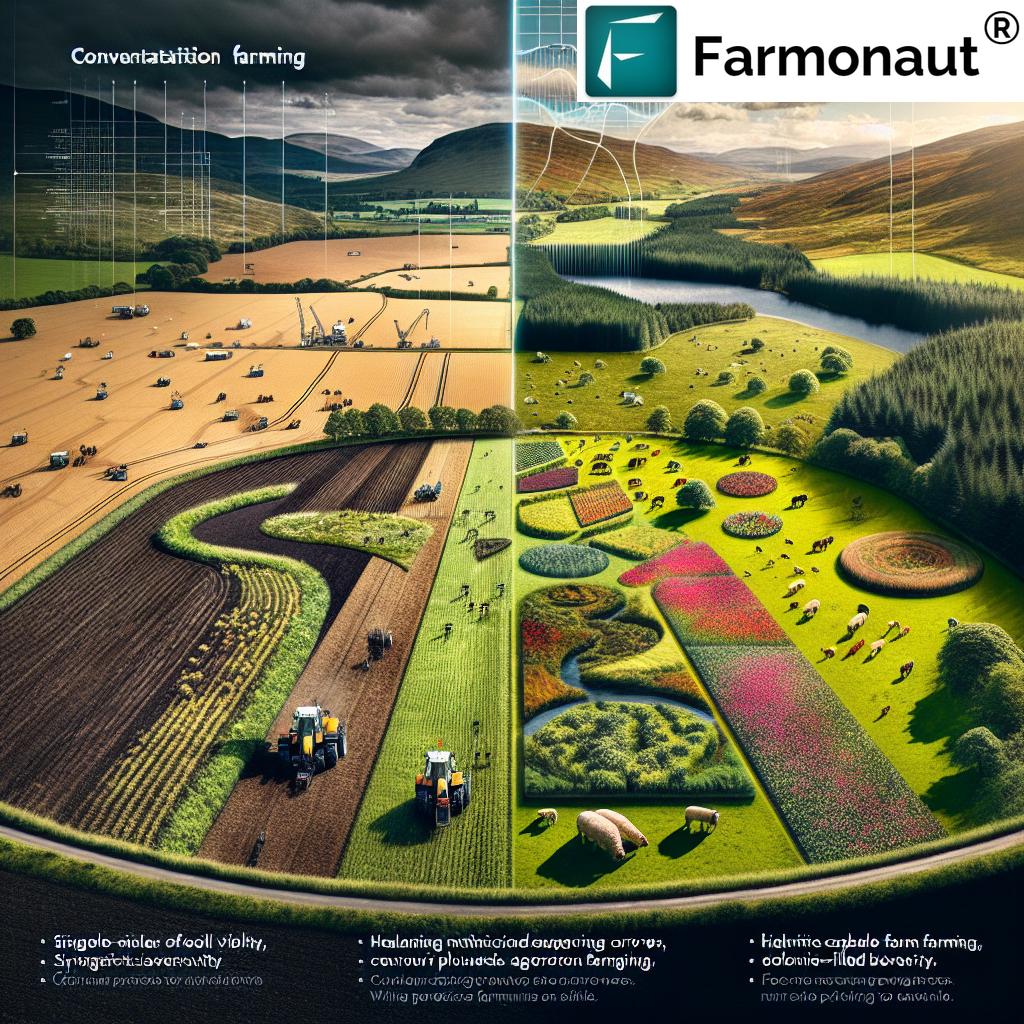
Overcoming Challenges in Adopting Regenerative Practices
While the benefits of regenerative farming are significant, the transition can present challenges for English farmers. Some common hurdles include:
- Initial Costs: Implementing new practices may require upfront investments in equipment or training.
- Knowledge Gap: Regenerative farming often requires a different skill set and understanding of ecological processes.
- Yield Concerns: There may be a temporary dip in yields during the transition period as the soil ecosystem rebalances.
- Market Access: Finding markets that value sustainably produced goods can be challenging in some areas.
Farmonaut is committed to helping farmers overcome these challenges. Our AI-driven advisory system provides personalized guidance to support farmers through the transition process, while our satellite monitoring tools help track progress and optimize new practices.
The Future of Farming: Balancing Profitability and Environmental Stewardship
As we look to the future of farming in England, it’s clear that regenerative practices will play an increasingly important role. These methods offer a path forward that balances profitability with environmental stewardship, addressing the dual challenges of food security and climate change.
Key trends shaping the future of regenerative farming include:
- Precision Agriculture: Advanced technologies like those offered by Farmonaut will continue to make regenerative practices more precise and effective.
- Carbon Markets: Emerging markets for carbon credits could provide additional income streams for farmers adopting regenerative practices.
- Consumer Demand: Growing awareness of environmental issues is likely to increase demand for sustainably produced food.
- Policy Support: Government policies are increasingly recognizing the role of agriculture in climate change mitigation, potentially leading to more support for regenerative practices.
Comparative Analysis of Regenerative Farming Practices
| Farming Practice | Traditional Method | Regenerative Method | Impact on Soil Health | Carbon Sequestration Potential | Biodiversity Impact | Crop Yield Impact | Economic Benefits |
|---|---|---|---|---|---|---|---|
| Tillage | Intensive plowing | Reduced or no-till | +30-50% | 1-3 tonnes CO2/ha/year | High | -5% to +10% | Medium |
| Crop Rotation | Monoculture | Diverse rotation | +20-40% | 0.5-1 tonne CO2/ha/year | High | +10-20% | High |
| Cover Cropping | Bare fallow | Year-round cover | +25-45% | 1-2 tonnes CO2/ha/year | Medium | +5-15% | Medium |
| Pest Management | Chemical-intensive | Integrated Pest Management | +10-20% | 0.2-0.5 tonnes CO2/ha/year | High | -5% to +10% | Medium |
| Agroforestry | Separate forestry and farming | Integrated trees and crops | +30-60% | 2-5 tonnes CO2/ha/year | Very High | +10-30% | High |
This table clearly illustrates the multifaceted benefits of regenerative farming practices compared to traditional methods. While there may be some initial yield fluctuations during the transition period, the long-term benefits in terms of soil health, carbon sequestration, biodiversity, and economic returns are significant.
The Role of Technology in Advancing Regenerative Agriculture
Technology plays a crucial role in the successful implementation and scaling of regenerative farming practices. At Farmonaut, we’re at the forefront of this technological revolution in agriculture. Our suite of tools empowers farmers to make data-driven decisions that support their transition to more sustainable methods.
- Satellite-Based Monitoring: Our advanced satellite imagery provides real-time data on crop health, allowing farmers to detect issues early and optimize resource use.
- AI-Powered Insights: Our Jeevn AI system analyzes multiple data points to provide personalized recommendations, helping farmers implement regenerative practices more effectively.
- Precision Resource Management: By providing detailed insights into soil moisture levels and crop health, our tools help farmers optimize irrigation and input use, reducing waste and environmental impact.
- Data-Driven Decision Making: Access to comprehensive farm data allows farmers to track the impact of their regenerative practices over time, enabling continuous improvement and optimization.
These technological advancements are making regenerative farming more accessible and effective for farmers across England, regardless of the size or type of their operation.
Building Resilient Farming Systems for the Future
As we face increasing climate uncertainty and environmental challenges, building resilient farming systems is more important than ever. Regenerative agriculture offers a path to create farms that can withstand and even thrive in the face of these challenges.
- Drought Resistance: Improved soil health and water retention capacity make farms more resilient to drought conditions.
- Flood Mitigation: Healthy soils with good structure can absorb more water, reducing runoff and flood risk.
- Pest and Disease Resistance: Diverse, balanced ecosystems are naturally more resistant to pest and disease outbreaks.
- Economic Resilience: Diversified income streams and reduced input costs provide a buffer against market fluctuations.
By embracing regenerative practices and leveraging advanced technologies like those offered by Farmonaut, English farmers can build farming systems that are not only environmentally sustainable but also economically resilient in the face of future challenges.
Conclusion: A Greener Future for English Agriculture
As we’ve explored throughout this blog, regenerative farming practices offer a powerful solution to the dual challenges of climate change and soil degradation facing English agriculture. By adopting these methods, farmers can play a crucial role in mitigating climate change, enhancing biodiversity, and securing a sustainable food future for generations to come.
At Farmonaut, we’re committed to supporting this agricultural revolution. Our advanced technology solutions provide farmers with the tools they need to successfully implement and optimize regenerative practices. From satellite-based crop monitoring to AI-driven advisory systems, we’re here to help farmers every step of the way on their journey towards more sustainable and profitable farming.
The future of farming in England is green, resilient, and technologically advanced. By embracing regenerative practices and leveraging innovative tools, we can create an agricultural sector that not only feeds the nation but also nurtures the planet. Together, we can revolutionize agriculture in England, combating climate change and boosting soil health for a brighter, more sustainable future.
FAQ Section
Q: What is regenerative agriculture?
A: Regenerative agriculture is a holistic approach to farming that focuses on improving soil health, enhancing biodiversity, and sequestering carbon. It includes practices such as reduced tillage, cover cropping, and diverse crop rotations.
Q: How does regenerative farming combat climate change?
A: Regenerative farming practices help combat climate change by sequestering carbon in the soil, reducing greenhouse gas emissions from agricultural activities, and creating more resilient farming systems that can better withstand climate-related stresses.
Q: What are the economic benefits of regenerative farming?
A: Economic benefits include reduced input costs, improved yield stability, access to premium markets for sustainably produced goods, and potential new income streams from diversified farming practices.
Q: How can technology support regenerative farming practices?
A: Technology, such as Farmonaut’s satellite-based monitoring and AI-driven advisory systems, can provide farmers with real-time data and insights to optimize their regenerative practices, track progress, and make informed decisions.
Q: Is regenerative farming suitable for all types of farms in England?
A: While the specific practices may vary, the principles of regenerative farming can be applied to various farm types across England, from small market gardens to large arable farms and livestock operations.


